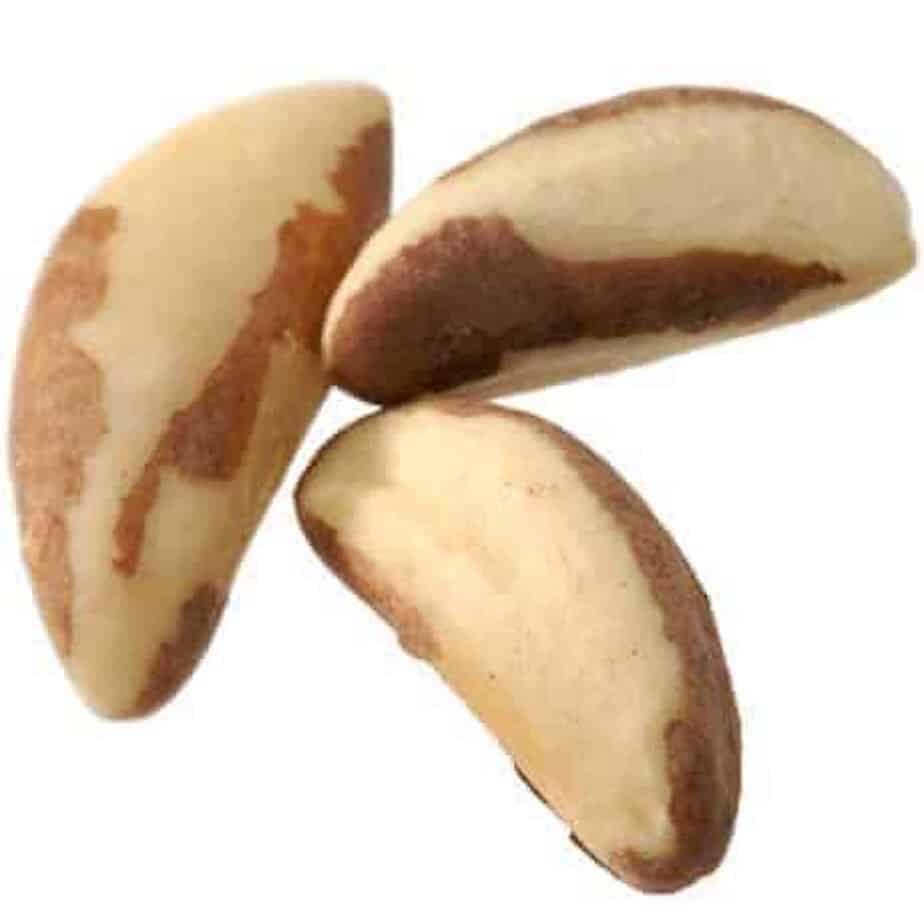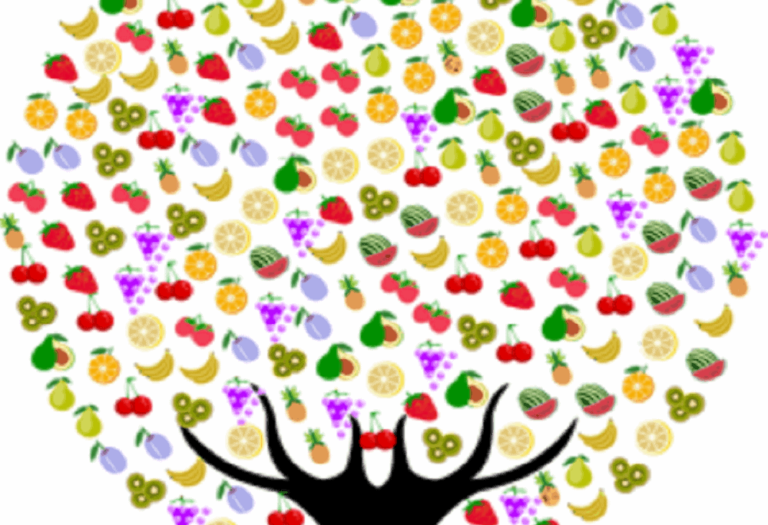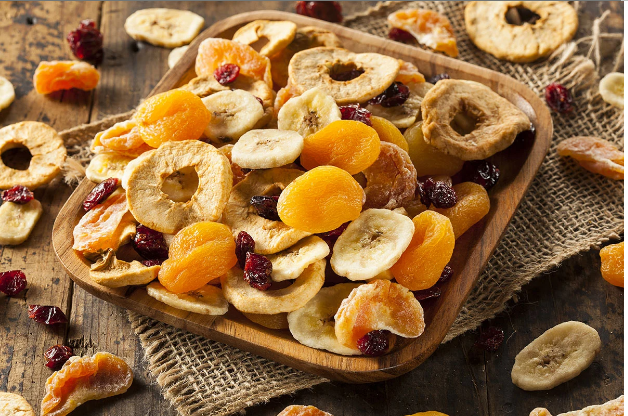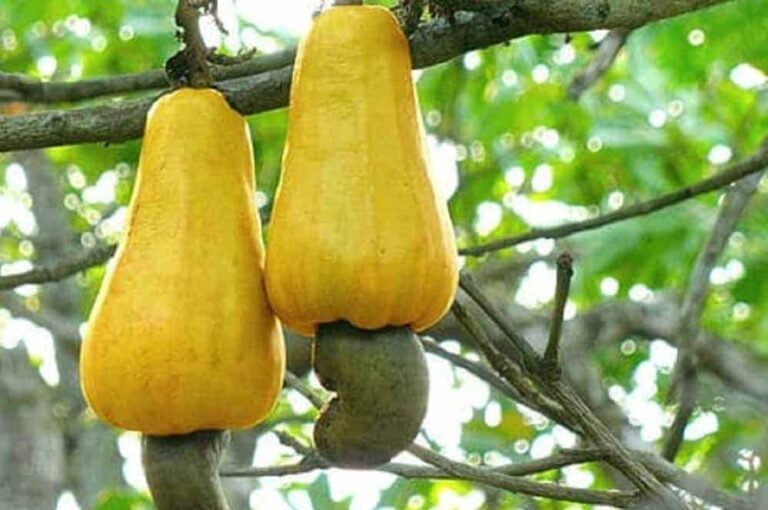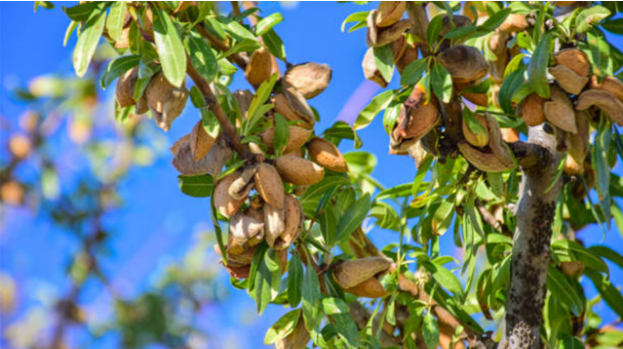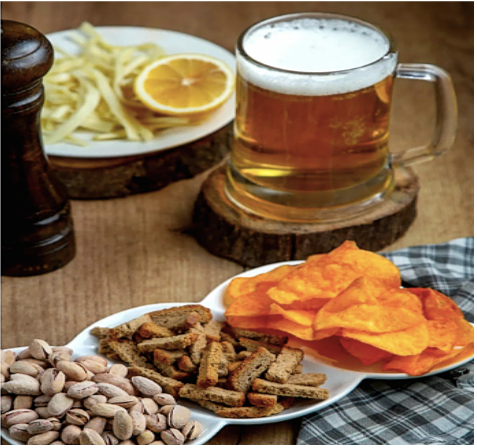Your cart is currently empty!
Why is there a shortage of Brazil Nuts?
Brazil nuts have been an important part of the Amazonian diet for centuries, providing an essential source of nutrition for local populations. The main issue is that demand is up for Brazil Nuts due to increased health-conscious consumers and the rise of Vegan and Keto diets. Nuts, including Brazil, are getting more popular year after year as a protein replacement.
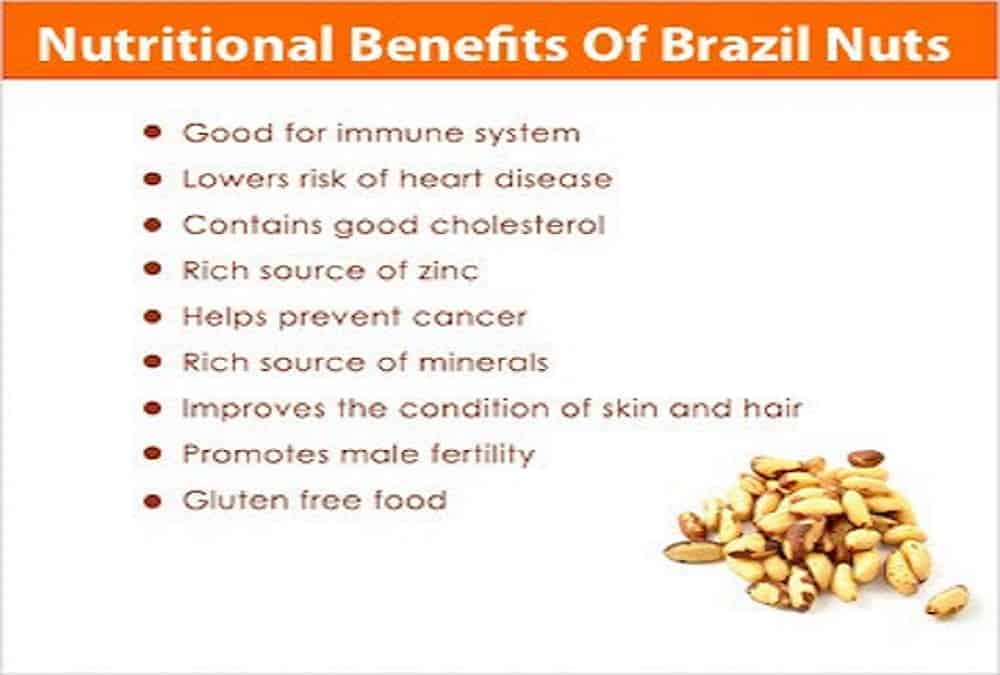
In recent years, however, there has been an alarming shortage of these nuts, resulting in rising prices and decreased availability. To understand what is causing the Brazil nut shortage, it is important to look at the role of climate change, deforestation, human consumption, and economic implications.
The Disappearance of Brazil Nuts
The shortage of Brazil Nuts has seen a great deal of analysis in recent years. Currently, prices are up close to 200% in some countries. This is due to a decrease in production, with experts estimating that the nut’s harvest has been cut in half over the past decade. Brazil nuts are mainly grown from trees in the northern Bolivian Amazon. Brazil is the second biggest producer of these nuts. The harvest season for Brazil nuts runs between November to February/March.
The effects of climate change have been particularly damaging to bulk Brazil Nut production worldwide. Warmer temperatures and increased rainfall have caused the trees to produce fewer nuts, while the spread of pests and diseases has further reduced yields. Deforestation has had a major impact. The destruction of the Amazon rainforest in Bolivia and Brazil led to a decrease in Brazil nut-producing trees. This has devastated the industry, with many farmers and producers struggling to make a living.
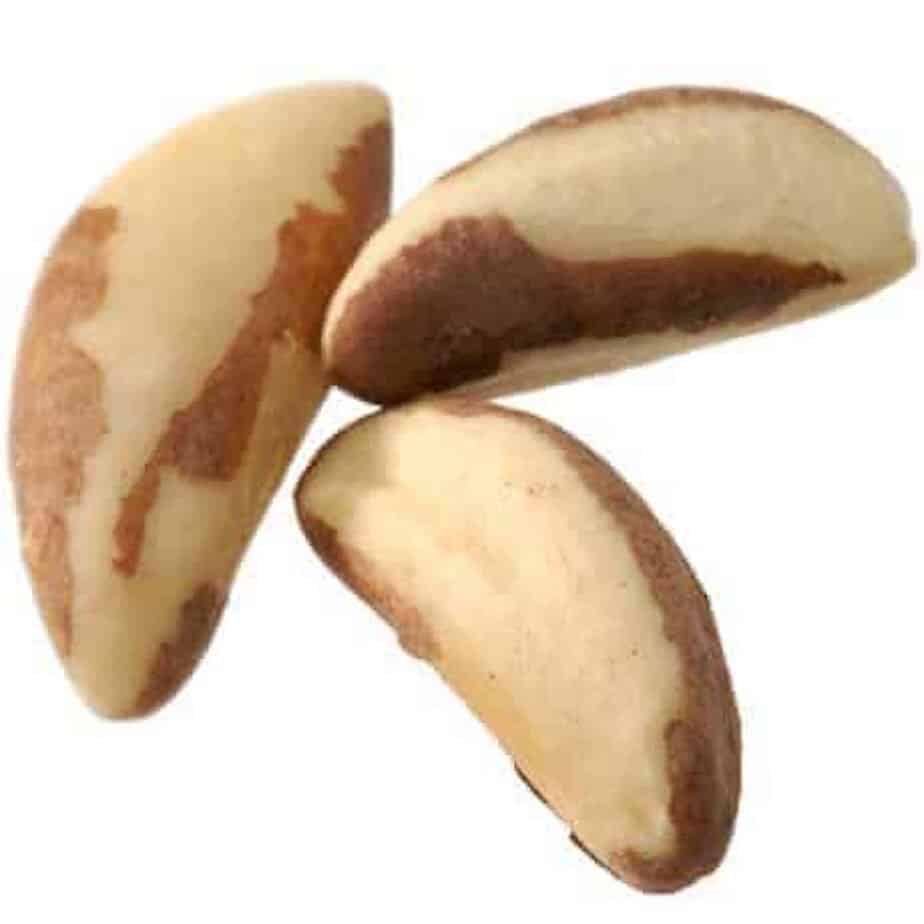
Climate Change Affecting Brazil Nut Production
Climate change has had a significant effect on Brazil nut production, with rising temperatures and decreasing precipitation having a negative impact on the nut’s natural habitat. The Brazil nut tree is very sensitive to even slight changes in temperature and rainfall. As a result, production has been adversely affected by the changing climate. This is exacerbated by the fact that the Brazil nut trees can only reproduce in specific conditions. It is difficult for new trees to move easily and find a better space for planting.
The reduction in the production of Brazil nuts has repercussions on the countries that depend on the product as a source of income. The loss of the Brazil nut tree has reduced biodiversity in the whole Amazon rainforest. The tree is a keystone species in the region. Again, the consumption of the product has the name marketed in the country most associated with the whole Amazon rainforest. As more needs to be done to ensure the areas producing the nuts are protected. The other issue affecting the supply is deforestation. Deforestation has contributed significantly to the reduction in the nuts available. Many trees have been destroyed through the process, and most have not regrown. Furthermore, the best fruits have lost pollinators, leading to poor quality of the produced nuts. The remaining trees are smaller, leading to an unavailable nut in the market. It has had a harsh effect as a result of the reduction in the number of trees. Additionally, the nuts have been overly produced leading to a decrease in demand. It has also reduced the quality of the produce in the market. As a result, the friend Brazil nuts are hard to get and overpriced in the market. Cultivating the nuts is not also an easy task; the nuts need special conditions to grow enough quantities. It’s unpredictable with the can turn out a similar cycle in the short period produced.
They need a certain kind of soil and climate in which to flourish. The timing of the nut harvesting is very important. Also, such trees are susceptible to pests and diseases that could reduce your yields even more. As a consequence, farmers need to watch their crops carefully and be ready to act if necessary.
Human Consumption and its Connection with Shortages in Brazil Nuts
Human demand, as well as ecological influences, has also played a role in availability of Brazil nuts. The nuts are being used as a snack or ingredient and are growing in popularity around the world, leading to supply running out. The overall situation (as described above) is further exacerbated by the inability to grow new trees, and the shortage then grows ever worse.
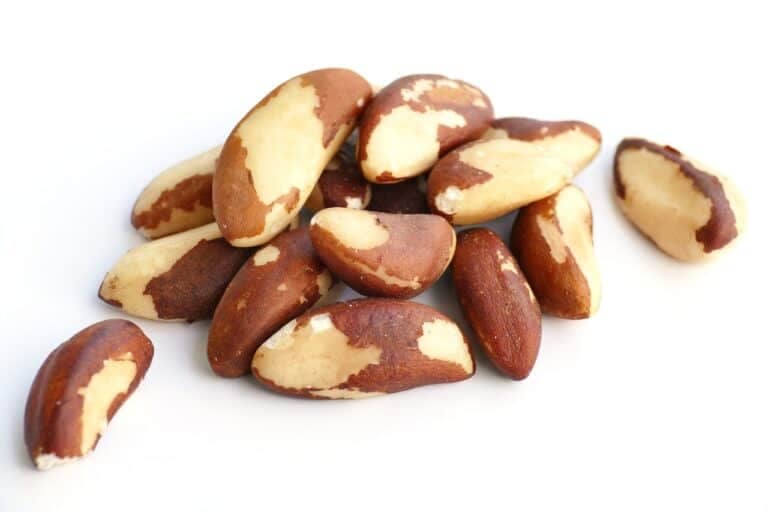
How Can We Grow the Supply of Brazil Nuts?
But, as challenging as Brazil-nut cultivation can be, there are ways to increase their supply. For instance, bettering the sustainable harvesting methods can prevent the over-harvesting of standing trees. Local communities also needed to embark on overplanting programmes to replace lost trees and educate people on how to utilise trees sustainably, he said. Second, we can fight the strain by better supporting research of climate-resistant tree varieties, to make sure this nut is not exposed to climate.
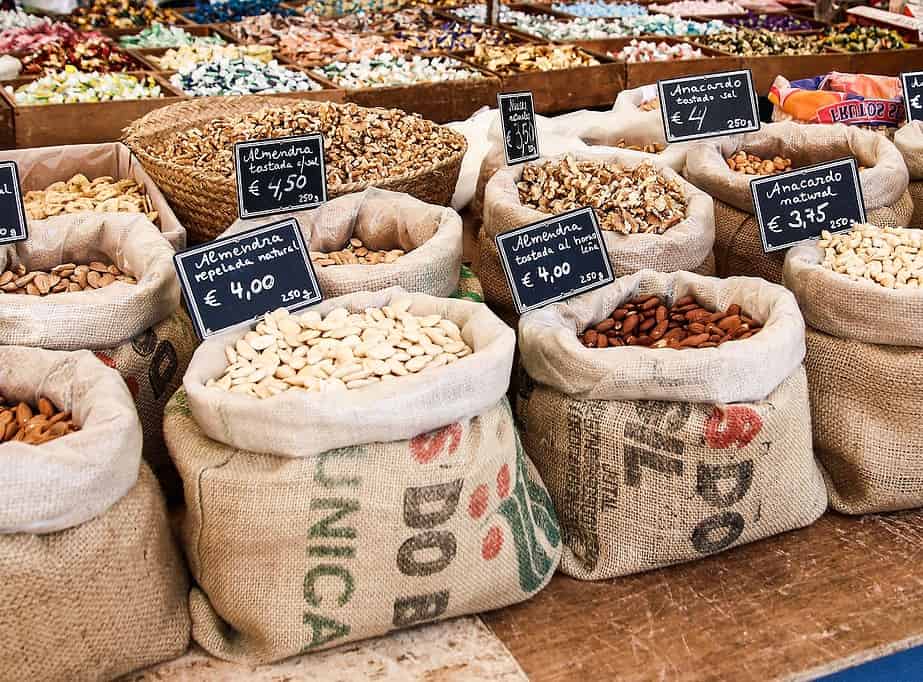
The Economist on The Brazil Nut Crisis
The economic impact of the Brazil nut shortage is also worrying. This resource constitutes a livelihood support base for local communities. Reduced profits for nut collectors as prices rise with increasing scarcity. Because demand has risen so much during that same period, driving prices higher for consumers around the world. That’s derailed farming communities in the Amazon basin in particular.
Exploring Alternatives
As Brazil nut scarcity continues to be an issue, it is important to consider alternatives. This may contain some other locally-available nuts like cashews or almonds, and non-nut based things like seeds or fruit. Furthermore, other nut-based spreads and other preparations can replace groundnuts where they are not available. That being said, it may not be viable for all types of recipes or dietary requirements. Therefore, it is necessary to study which alternatives are appropriate.
Conservation Strategies for Brazil Nut Stands
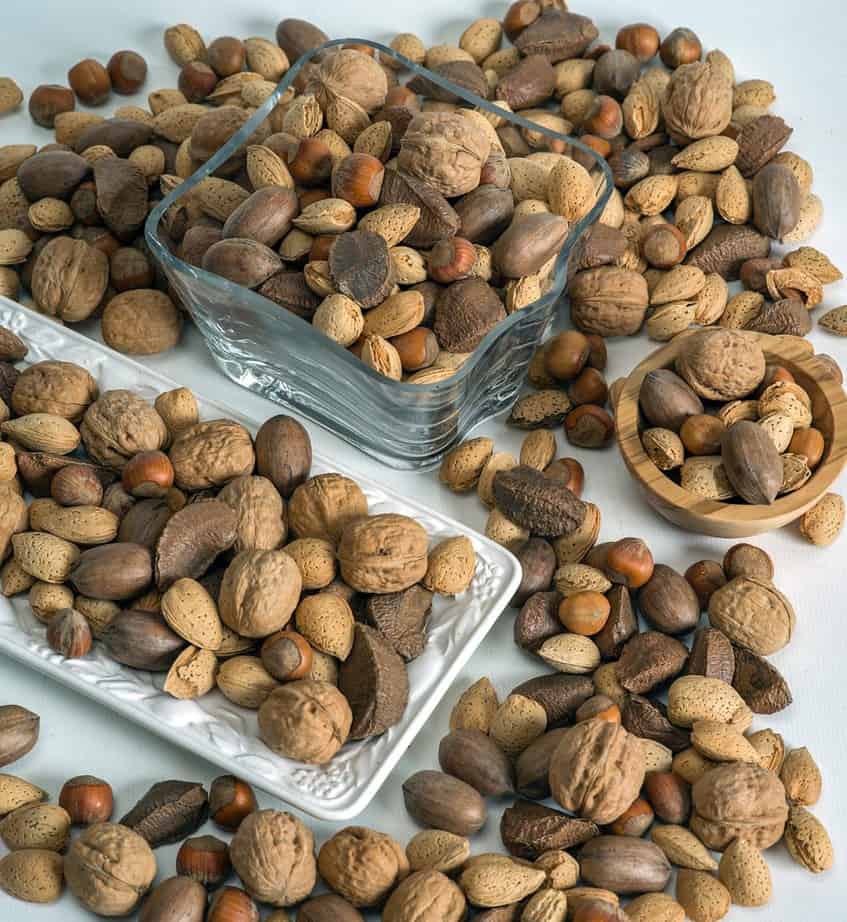
Saving Brazil nuts is needed to pass them on to future generations. This would include introducing regulations to conserve the forests that do exist, support reforestation trends and offer farm based sustainable forest utilization practices. Furthermore, educating the public on the need to protect this innovative resource can help guarantee its future.
And ultimately, more funding to develop climate-resistant varieties will help make sure that production doesn’t suffer in response to the shifting environment. In the end, finding out the reasons behind the Brazil nut scarcity is crucial in the search for solutions that lead to keeping them in stock. As we understand more about what’s driving supply being constrained, we can take better steps rather than just throwing money into the market to try to get more products in the market.

